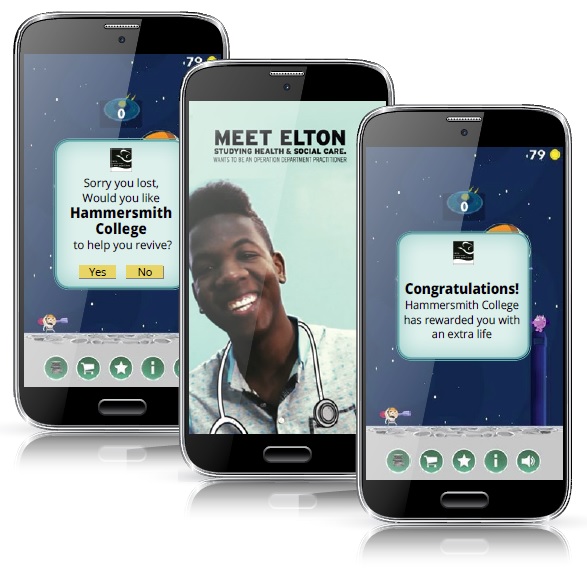A good game can touch upon users’ deepest desires, writes Chaya Soggot, co-founder and chief executive of Woobi.
With New York’s Advertising Week having just ended, and looking at the major trends discussed throughout the numerous panels, it seems as though the ad industry is in quite some turmoil.
If up until a few years ago the job of maintaining a brand’s perception had a relatively clear set of guidelines, the digital revolution has created unique media opportunities that require a whole new outlook.
With the massive penetration of mobile, and the fact that we consume increasing amounts of content via personal devices, ‘reaching’ the consumers is no longer an issue. The primary battle a brand has to win – is that of the user’s attention, and that is a tough battle to triumph with the thousands of ad messages we are exposed to every single day.
Everyone is seeking that ‘new’, ‘innovative’, ‘personal’, ‘engaging’, ‘real-time’, ‘responsive’, ‘data-driven’ channel, which would revolutionise yet again the manner brands engage with consumers – and they should be looking at gaming.
Key human desires
Gaming, although considered ‘entertainment’ is not merely a pastime activity. Looking at the famous Octalysis theory – a gamification design framework developed by Yu-Kai Chou – all good game mechanics essentially play into eight core human desires. They provide a sense of meaning; accomplishment; creativity; ownership; social influence; the need of some scarcity and unpredictability; and a means of facing loss.
For brands, this means a good game can touch upon users’ deepest desires, achievements and fears, fulfill and nourish them. It is an incredible opportunity to not only access but to create a truly lasting impression tapping into meaningful moments and connecting on a personal basis.
“If you meet your audience at the right state of mind, with the right message, you have a significant advantage designing this perception”
Imagine what it would be like, as a brand, to tap into your consumers’ emotions at moments that matter the most to them. Imagine what kind of impact you would be making if you were to offer a helping hand to someone in trouble, or a pick-me-up when someone is upset. What would it be like if you were the first to say “congratulations” on a job well done, and be waiting for them with a trophy as they overcome their biggest challenge? If you can create a memorable foot print within their experiences, and react to their emotions within those moments – the impact you would possess for your brand perception is indescribable.
I see in-game advertising very similar to sponsoring one’s favourite sports club. Like gamers, sports fans are very passionate, loyal, enthusiastic (not to say fanatical) brand advocates; therefore sponsoring a sports club is a great way to establish brand perception. On the other hand, sponsoring a club is an expensive treat, and there is always the supporters of other clubs that would now see you as their nemesis’ partner.
No ‘niche’ activity
While advertising within games is no new concept, up until a couple of years ago it was perceived as intrusive, ineffective or niche. Today, the gaming industry, and with it, the in-game advertising realm have taken quite the turn. With nearly two billion gamers worldwide and over three billion hours a week spent playing, it is safe to say this is definitely not a ‘niche’ activity. In fact, gaming accounts for double the time we spend streaming on YouTube, three times more than Netflix.
In-game advertising has come a long way. With engaging opt-in video ad formats, big-data based targeting, predictive analysis tools, behavioural recognition capabilities, and the emotional targeting capabilities we have discussed, you have the ability to create impeccable brand messaging, reaching your highest value audience, at moments that really matter – easing the mission of carving the optimal brand perception.
When a player is about to lose a race, and your brand offers a boost, when he is intimidated by his opponent in a battle and you grant him a better weapon, when he just won that level he has been struggling with for so long – and you are there to grant him a congratulatory bonus – you get to be part of meaningful moments in a personal, embracing manner.
Ultimately, you work really hard positioning your brand, but your brand’s perception is what people think and say about it. If you meet your audience at the right state of mind, with the right message, you have a significant advantage designing this perception. And isn’t this what it’s all about?









